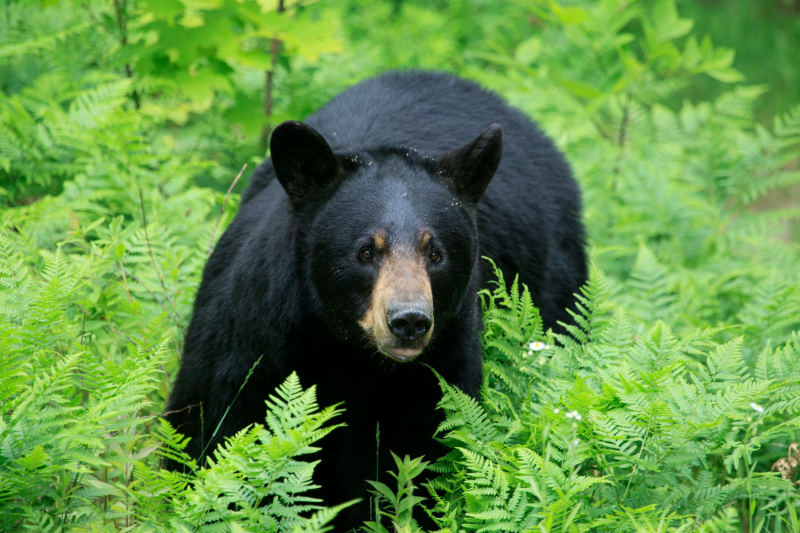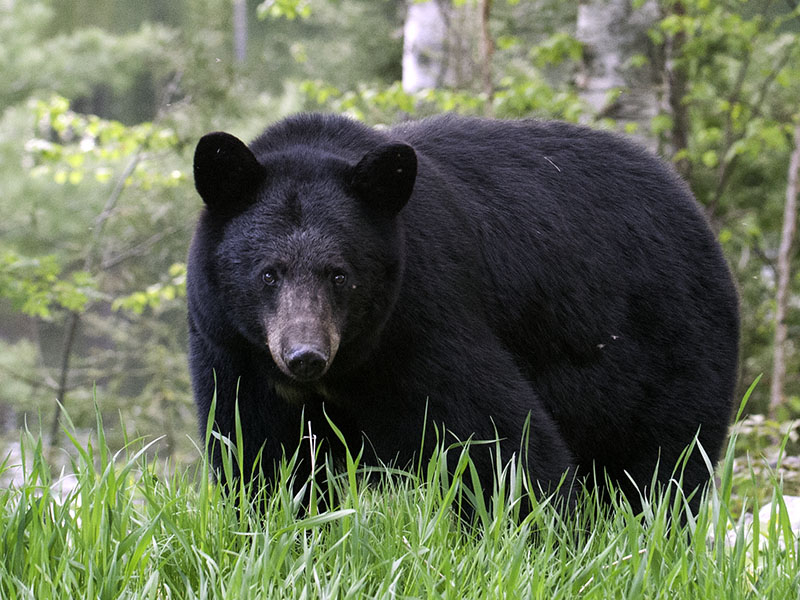Black bears
According to a very rough population estimate, there may be more than 380,000 black bears in Canada and up to 600,000 in North America overall. It is the smallest and most prevalent species of bear on the continent. American black bears are omnivores, and the seasons and places they live in have a big impact on what they eat. They frequently inhabit forested locations, although they will venture out in quest of food. On occasion, they are drawn to populated areas because of the easy access to food. Some subspecies, despite their name, can be brown or even blonde in color.
Black bears are accustomed to living in forested areas where they can hide when threatened and climb trees. Black bears have had to adjust to people's presence in mountain parks. They are more likely to be found in the bottoms of mountain valleys, particularly those by roadsides or campgrounds, where openings in the forest canopy encourage the growth of plants.
Due to its extensive distribution and substantial population—which is thought to be double that of all other bear species combined—the International Union for Conservation of Nature (IUCN) classifies the black bear as a species of least concern. It is one of just two contemporary bear species, along with the brown bear, that is not regarded by the IUCN as being globally threatened with extinction.












